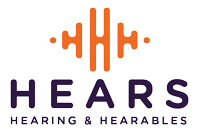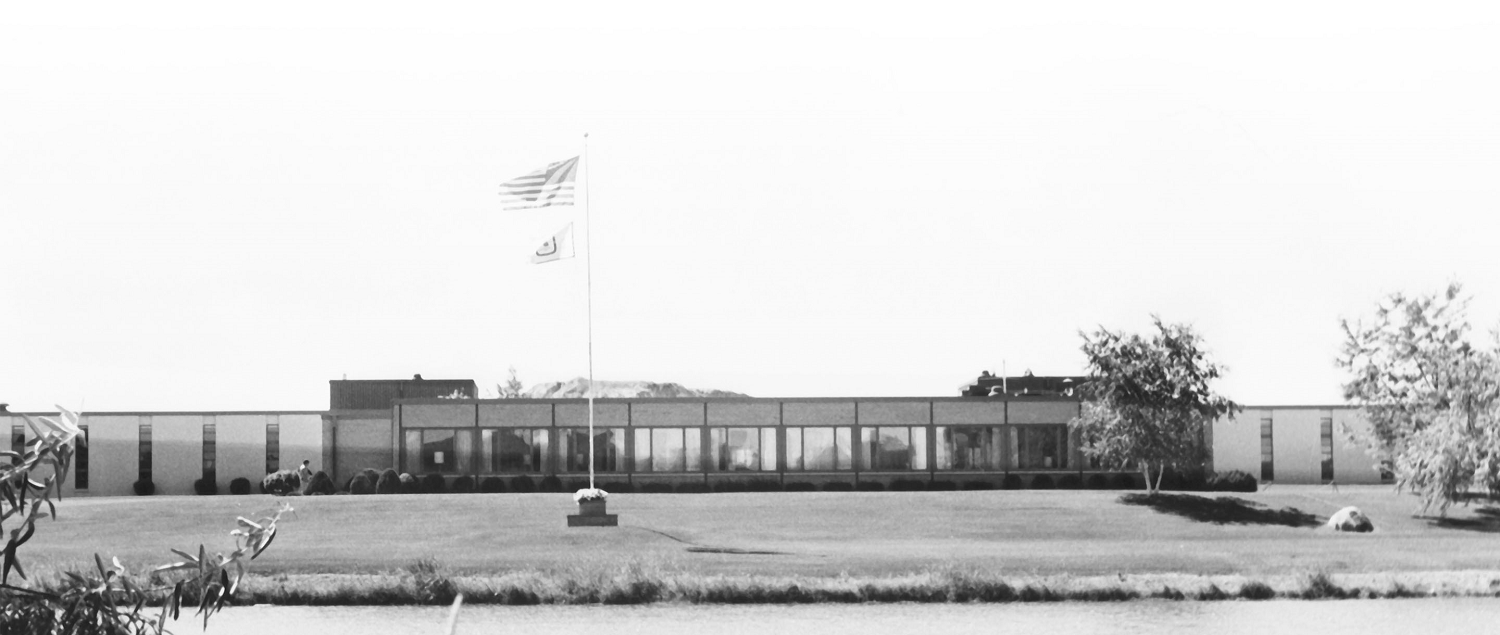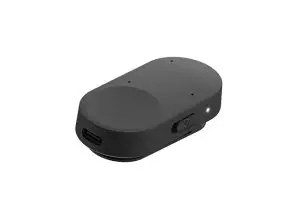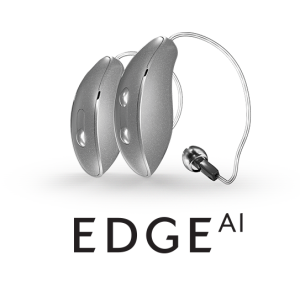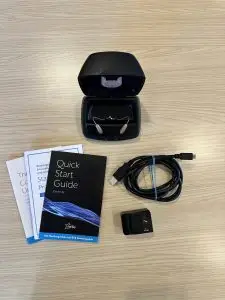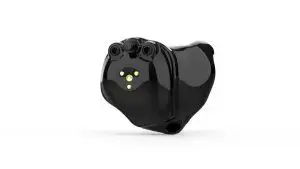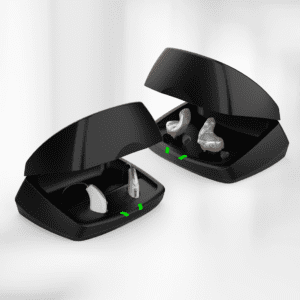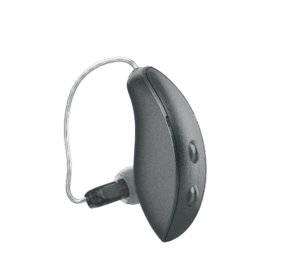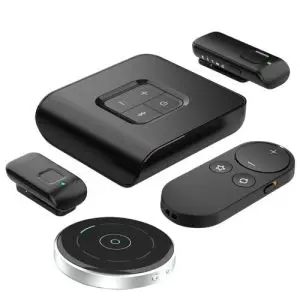Exploring Starkey Hearing Technologies: An Overview from an Audiologist
Starkey Hearing Technologies is a well-known American company that specializes in manufacturing and distributing hearing aids and other hearing-related products. Founded in 1967 by William F. Austin in Eden Prairie, Minnesota. Starkey has a history of innovation hiring some of the brightest audiologists and engineers in the industry. Since our clinic, Hears to U Audiology is in Minnesota and I have been working in Minnesota since the early 2000s I have experience with Starkey company and their products.
The Birth of Starkey by Bill Austin
In the early years before I even thought about going to school to become an audiologist (1967-1980s): William F. Austin established Starkey with the goal of making hearing aids. He apparently was inspired by his own experiences with hearing loss and his desire to help others. The company began as a small repair service for hearing aids in Minnesota. But soon expanded into manufacturing its own hearing devices.
In the 1970s and 1980s, Starkey introduced several notable innovations. They developed the first in-canal hearing aid and the first custom, all-in-the-ear (ITE) hearing aid. These innovations made hearing aids more comfortable and less visible for wearers. With the issue of stigma, this was a huge accomplishment for many people with hearing loss who wanted to hide their loss. In those days hearing aids were not digital and often feedback in these hearing aids were an issue.
Starkey continued to grow throughout the 1990s and 2000s, establishing a global presence with offices in over 100 countries. They also expanded their product line to include a wide range of hearing solutions. Including behind-the-ear (BTE) and receiver-in-canal (RIC) devices.
The Launch of Starkey Destiny
The Starkey Destiny hearing aid was a huge launch as I remember in the early 2000s. This hearing aid represented a significant advancement in Starkey hearing aid technology, particularly in the realm of feedback management algorithms. I remember it made the front page of the Star Tribune newspaper. The reason why I remember it so well is so many people came in asking to have this hearing aid.
The reason being, that feedback in hearing aids refers to the annoying whistling or squealing sounds that can occur when sound leaks out of the ear canal and re-enters the hearing aid’s microphone. Starkey addressed this issue with innovative feedback algorithms in their Destiny hearing aids, helping users experience improved comfort and sound quality.
WhistleFree Feedback Cancellation:
The Destiny hearing aids were equipped with Starkey’s proprietary “WhistleFree” feedback cancellation technology. This algorithm actively monitored and analyzed incoming sound signals, detecting the presence of feedback. When feedback was detected, the system responded in real-time by creating an anti-feedback signal that canceled out the unwanted whistling or squealing noise. This helped prevent feedback without compromising sound quality.
Adaptive Feedback Cancellation:
Destiny hearing aids were designed to adapt to changing listening environments. They continuously monitored for feedback and adjusted the cancellation algorithm in real time. This adaptability made it more effective in different situations, ensuring that users experienced minimal feedback even in challenging acoustic environments.
Manual Feedback Control:
Users could also have control over their Destiny hearing aids’ feedback management. They could adjust the feedback cancellation settings based on their preferences and the specific situations they were in. This flexibility allowed users to fine-tune their hearing aids for optimal performance.
Real-time Monitoring:
The feedback algorithms in Destiny hearing aids constantly monitor the sound signal to prevent feedback from occurring. This real-time monitoring was crucial in eliminating feedback as soon as it started. Ensuring that the user’s listening experience remained comfortable and uninterrupted.
Destiny hearing aids were programmable by us audiologists, enabling us to tailor the feedback management algorithms to meet the specific needs of each individual user. This level of customization ensured that users received a personalized and comfortable listening experience.
The development of feedback algorithms in the Starkey Destiny hearing aid marked a significant step forward in hearing aid technology during the early 2000s. These algorithms helped users with hearing loss enjoy clearer and more comfortable listening experiences, as they effectively managed feedback without compromising sound quality.
Wireless and Digital Starkey Hearing Aid Technology:
Starkey was an early adopter of digital technology in hearing aids. They introduced wireless connectivity features in their products. allowing users to stream audio from various devices like smartphones and televisions directly to their hearing aids. Although Starkey wasn’t a leader in this technology they did support and work towards the end goal of streaming.
Before the widespread adoption of Low Energy (LE) Bluetooth technology in hearing aids, Starkey embraced the Bluetooth streaming devices to connect their hearing aids to Bluetooth-enabled phones and other devices. These streaming devices, often provided by hearing aid manufacturers like Starkey, served as intermediaries between the hearing aids and smartphones:
Bluetooth streamers were small, portable devices that users could wear around their neck or clip onto their clothing. These devices would pair with the user’s smartphone via Bluetooth and then stream audio from the phone directly to the hearing aids.
While these pre-LE Bluetooth streaming devices were effective in bridging the gap between hearing aids and smartphones, the advent of LE Bluetooth technology in hearing aids has significantly simplified the connection process, making it more user-friendly and energy-efficient. Today, most modern hearing aids come equipped with LE Bluetooth capabilities, allowing for seamless and direct connectivity to smartphones and other compatible devices without the need for additional streaming accessories.
Starkey’s Current Hearing Aid Technology:
Starkey Hearing Technologies has continued to develop hearing aid technology, introducing products that are small, comfortable, and provide a competitive sound to other hearing aid manufacturers. They’ve also integrated artificial intelligence and machine learning into their devices, allowing for personalized and adaptive hearing experiences.
Starkey Hearing Technologies offers a range of connectivity solutions that enable users to connect their hearing aids to smartphones and other smart devices. One of the key pieces of technology they provide for this purpose is the “Starkey Hearing Technologies Thrive Hearing Control App.” This app serves as a bridge between Starkey hearing aids and smartphones, facilitating a seamless and integrated hearing experience. Here’s more information about current Starkey technology:
Thrive Hearing Control App:
The Thrive Hearing Control App is designed to work with Starkey’s compatible hearing aids. It is available for both iOS and Android devices, making it accessible to a wide range of smartphone users.
Wireless Connectivity:
The app uses Bluetooth technology to establish a wireless connection between the user’s hearing aids and their smartphone. This wireless connection allows for the streaming of audio directly from the smartphone to the hearing aids, enhancing the user’s ability to hear phone calls, music, podcasts, and other audio content more clearly.
Remote Control:
The Thrive Hearing Control App serves as a remote control for the Starkey hearing aids. Users can adjust volume, change listening modes, and customize their hearing experience directly from their smartphone. This remote-control functionality adds convenience and discretion, as users can make adjustments without having to touch their hearing aids.
Personalized Soundscapes:
The app enables users to create and save personalized hearing aid settings based on specific listening environments. For example, users can save settings for “restaurant,” “outdoor,” or “home” environments. The hearing aids will automatically adjust their settings when the app recognizes these preset environments.
Health Tracking and Monitoring:
Beyond just audio control, the Thrive app also offers health tracking features. It can track daily steps, and overall movement, and even monitor the user’s hearing aid battery life. This information is valuable for users who want to maintain an active and healthy lifestyle.
Remote Support:
The app allows users to connect with their hearing care professional remotely. They can receive adjustments and fine-tuning of their hearing aids through telehealth appointments. This feature can be especially beneficial for users who may have difficulty visiting their audiologist in person.
Find My Hearing Aids:
In case users misplace their hearing aids, the app includes a “Find My Hearing Aids” feature. It helps users locate their hearing aids by providing the last known location where the hearing aids were connected to the app. Although many hearing aid companies have this feature, it is a great feature to have as long as you pull up your app and leave it running in the background it will work well.
Accessories:
Along with great features in the hearing aids themselves, Starkey also has a plethora of great accessories to make the hearing aids even more beneficial in every day situations. From their table mic, TV streamer, remote control, and more Starkey has somethin help you hear better in any situation.
Starkey has remained a prominent player in the hearing aid industry and is often recognized for its commitment to innovation and research. They have received numerous awards and accolades for their work in improving the quality of life for individuals with hearing loss.
Today, Starkey Hearing Technologies remains a leader in the hearing aid industry, with a focus on developing advanced and customized solutions for people with varying degrees of hearing loss. Their commitment to improving hearing health, combined with their philanthropic efforts through the Starkey Hearing Foundation, continues to have a positive impact on countless individuals worldwide.
Stay tuned as we write more information on Starkey hearing aid company here in Minnesota, 5 miles from our clinic.
